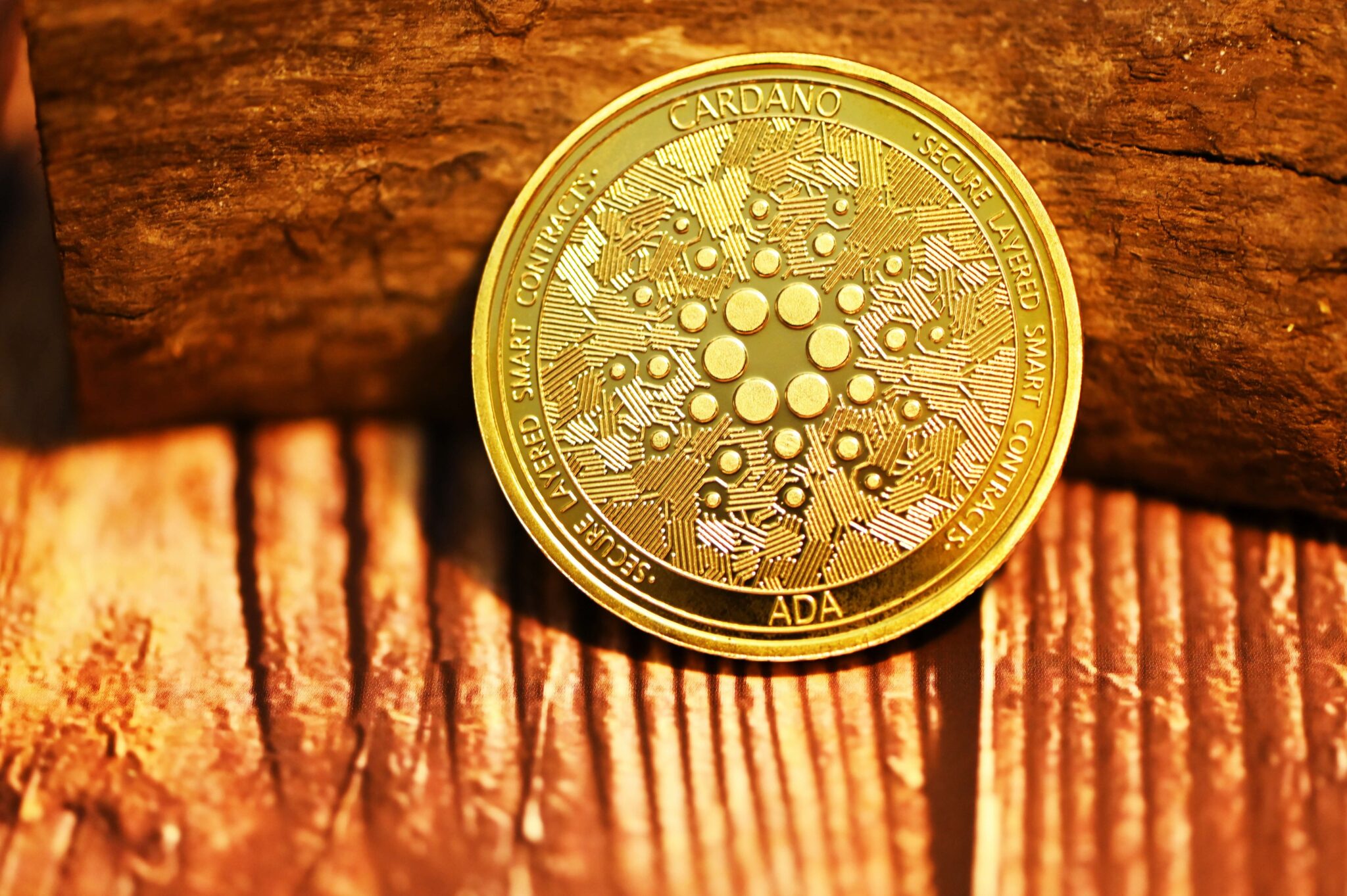What is Cardano?
Cardano makes headlines for its environmental practices – or more precisely, its parent platform – Ada, which allows for transactions to be carried out. Due to its proof-of-stake concept and not proof-of-work, it is a secure and reliable cryptocurrency.
The platform is a public blockchain. A proof of stake-based consensus method is used to establish its open-source nature and decentralization. The Ada cryptocurrency it uses facilitates peer-to-peer transactions. Ethereum co-founder Charles Hoskinson founded Cardano in 2015.
What is the purpose of Cardano?
An online platform to build sustainable futures through better collaboration, more trust, and global solutions.
At Cardano, you have a choice. In this way, I believe we’re destined to achieve a global society dedicated to security, transparency, and fairness – which serves both the many and the few. As with the technological revolutions that have gone before it, it offers a new model for how individual, business, and societal actions can be coordinated and created.
A vision of an empowered many, rather than a few accountable for power, was Cardano’s foundation. Individuals can control their data and how they interact and transact in this world.
A business can develop independently of bureaucratic and monopolistic power structures. Democracy is the ability for societies to govern themselves, to be fair, and to hold themselves accountable. The Cardano network makes this world a reality.
Cardano Technical Aspects
Unlike most projects, Cardano doesn’t have a whitepaper. However, it utilizes design principles that are intended to make it more reliable, scalable, interoperable, and regulatory compliant compared to other crypto currencies.
Ouroboros is the proof-of-stake protocol used by Cardano. A proof-of-work protocol is used by Bitcoin and Ethereum, however. Blockchains built on proof-of-stake consume far less energy than those built on proof-of-work. Using University of Cambridge data from February 2021, Hoskinson estimated the Cardano network used 6 GWh per year, about 0.01% of Bitcoin’s 110.53 TWh usage per year.
Cardano’s settlement layer contains Ada. Transactions are tracked in a layer similar to Bitcoin. Computation is the second layer. Platforms such as this support smart contracts and applications similar to Ethereum. With Cardano’s smart contract language, developers can perform end-to-end testing on their programs without leaving the integrated development environment.
Cardano Examples:
Atala Prism
Through Atala PRISM, people can keep control of their data and interact with organizations securely, privately, and seamlessly.
Atala Scan
IOHK’s authentication solution, Atala SCAN, was developed with the specific purpose of verifying the authenticity of goods in the supply chain. A consumer can use this technology to verify that their items are authentic, whether it be pharmaceutical products or luxury goods.
Atala trace
Atala TRACE makes it possible for companies to gain a more comprehensive view of their supply chain, improve efficiency and sustainability, and add value to their partnership and customer relationships.
A sustainability blockchain protocol based on Proof-of-Stake and Ouroboros Cardano is the first blockchain to implement the Ouroboros protocol, which has been peer-reviewed and has been verified as secure. Decentralization and scaling of the Cardano network are supported by Ouroboros without compromising security, which is crucial.
An ultimate accomplishment of tireless efforts that built upon foundational research, the protocol seeks to facilitate more secure, transparent, and equitable global payments as well as a way to redistribute authority and control fairly.
How Ouroboros Works
The Ouroboros principle works in the following way. Slots are fixed periods that divide physical time into epochs. As a factory, slots work like shifts. A slot lasts an epoch of five days, and an epoch lasts five days, but these numbers are configurable and can be changed following an updated proposal. Circular epochs begin and end circularly. There is a leader for each slot, who is selected by a lottery. Using this system, the greater the stake, the greater the chances of winning the lottery. A slot leader’s responsibilities include:
Performing transaction validations
The creation of transaction blocks
Cardano’s blockchain is updated with newly-created blocks
For Ouroboros to function, the ADA holders must maintain a good connection to the network. Stake pools are incorporated into the algorithm to further reduce energy consumption. Participants can form stake pools and elect a few to represent them during protocol execution, making it easy to participate and ensuring that blocks are created even if some are offline.
Cardano Requirements
It is the algorithm that creates blocks and validates transactions that are at the heart of every blockchain platform. Blocks are mined using the Proof-of-Stake (PoS) algorithm used by Karano. Protocols designed to reduce energy expenditure during the block production process are implemented. To do this, Bitcoin’s proof-of-work (PoW) algorithm is designed to minimize the use of hash power or massive computing resources. The number of stakes each node is willing to give determines if that node can form blocks in Cardano’s PoS system. Cardano is a cryptocurrency whose value can be calculated by taking the amount of ADA, the cryptocurrency held by a node over the long run.


